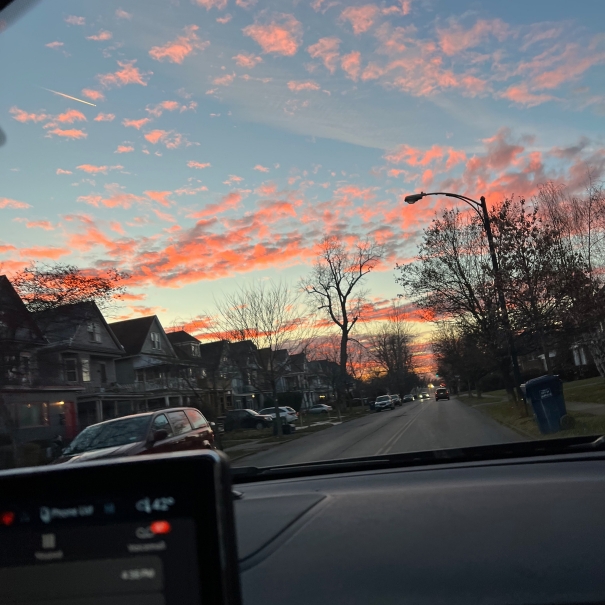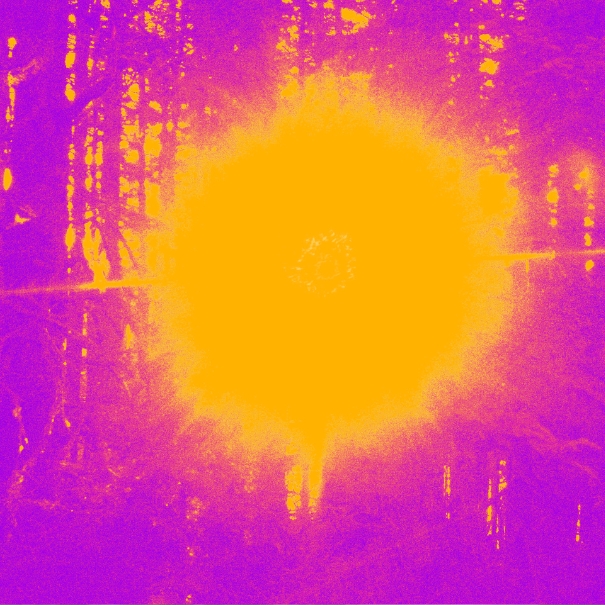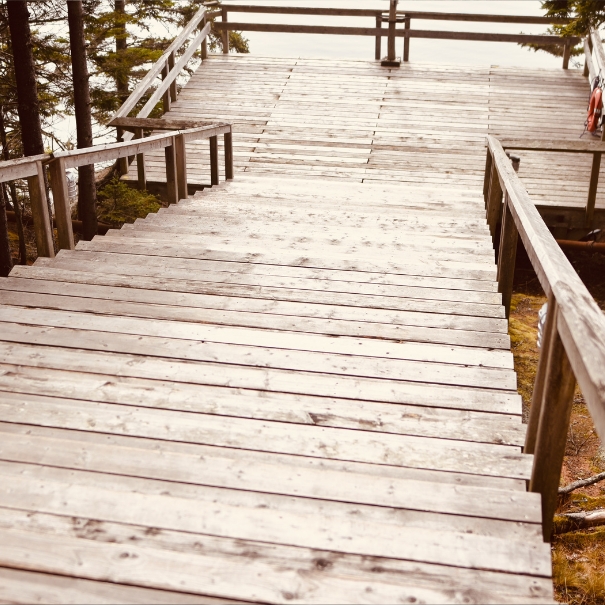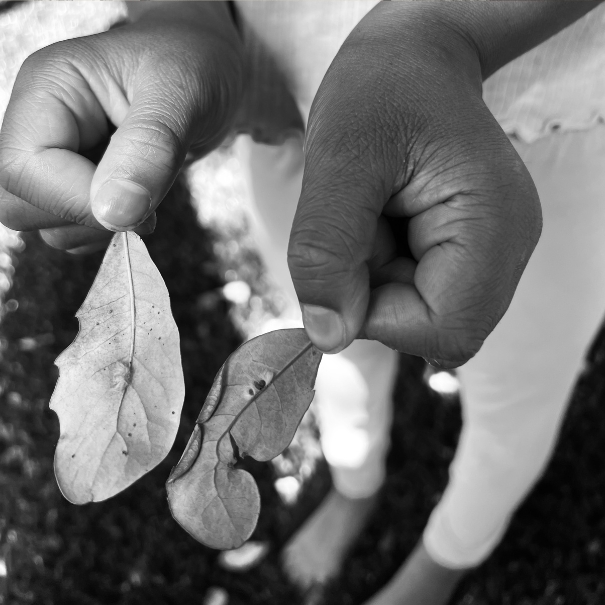Knock, knock.
Unknown
Who’s there?
Carl.
Carl Who?
Car’ll get you there quicker than if you walk.
A majority of Buffalonians travel around by car. Two recent events have made me reflect on this reality and wonder whether this is idyllic.
First Event: I Took A Walk
Back when the weather was just starting to break, I took a walk. The neighborhood was not particularly poor. Judging by property values, it is one of the more desirable neighborhoods in our city. At times, however, what I saw gave me pause.
While enjoying the sunshine, I pass two liquor stores next to each other—I cannot tell whether a certain level of variety justifies the close proximity, but I can see no difference.
Following that, I see a woman passed out on a set of stairs. Another young woman with unwashed hair surveys the passing traffic from her nearby porch.
I am thirsty and stop to get some water. The corner store is packed to the brim with soft drinks and processed foods; it takes me about a full minute to find the water tucked in the far back corner.
Very few people exchange bright smiles in passing; most avoid eye contact. One woman looks as if she hadn’t smiled in decades, having adopted a demeanor of nothingness as a means of survival.
Still, the sun shines. The birds chirp. And “the green grass grows all around and around.”
I know this neighborhood. I pass my daughters’ old daycare, a pricey one. The routine in those days: off to daycare/school, then work, perhaps a stop at the supermarket, and finally home to make dinner. But in the midst of it all—even traveling at the relatively low speed of twenty or thirty miles per hour—we miss things, we miss people.
After my walk, I feel uneasy as I ask myself, who or what am I zooming by; how much suffering goes unnoticed as I go about my day?
Second Event: A Terrifying Accident With a Miraculous Outcome
I was finishing up a knitting class when I got the call from my husband. My daughter had been hit by a car almost two hours earlier—someone dropped the ball notifying us (her parents). Thankfully, by that point, the emergency folks knew enough to know she was stable.
I fully acknowledge that the details of my daughter’s accident are nothing short of miraculous. For one, she was able to walk away from the accident period. Second, her most severe injuries were abrasions and a concussion. Third, her concussion symptoms thus far have been far from severe. In short, we know it could have gone very differently, and I will be forever grateful it didn’t.
The very frustrating thing about it all was that it was no surprise someone’s car hit my daughter at this intersection. It’s one of the busiest intersections, on one of the main thoroughfares in our city. Yet, this same street dissects one of our major parks and is flanked on both sides by several schools.
It is because of this intersection and others very much like it that we have refused our daughters’ multiple requests to walk to school (alone), even though we live less than a mile away. This brings me to the urban planning book I found while browsing the stacks of our central library (shout out to all the libraries out there!).
The Beloved Urban Planning Book1
One of the main points I gathered from the book was how much life changed with the advent of the modern automobile. To be sure, people died in transportation related accidents: trampling by horse, for example. However, the incidents were far more infrequent.
With that said, the rise of the automobile didn’t have to mean unsafe communities. Places across the world have found creative ways to maintain a level of safety for those in their communities. For example, one city, I can’t recall where, chose to design a ring road that encloses residential areas within it. Driving within the ring is restricted. As a result, people get where they need to go and community members are at a lower risk of vehicular injury. Demonstrating that community, safety, and convenience are not mutually exclusive.
Clever designing around modern-day dangers, however, is not the norm. In large part, the strength and stability of our communities and the ultimate safety of those communities has been traded for short-term gains, lower costs, and convenience.
A Conclusion & A Genie
It is too late—and perhaps undesirable either way— to place the proverbial genie back in the bottle, but we can do better.
Postscript:
I plan to write to my local authorities to request traffic studies for the dangerous intersections I mentioned. I invite you, wherever you may be, to do the same for any dangerous road ways you’ve identified—in the City of Buffalo, the appropriate department is the Department of Public Works.
- If you know me well, you know I have mentioned this book at least a dozen times since I read it years ago. Therefore, the term beloved seems appropriate. ↩︎



